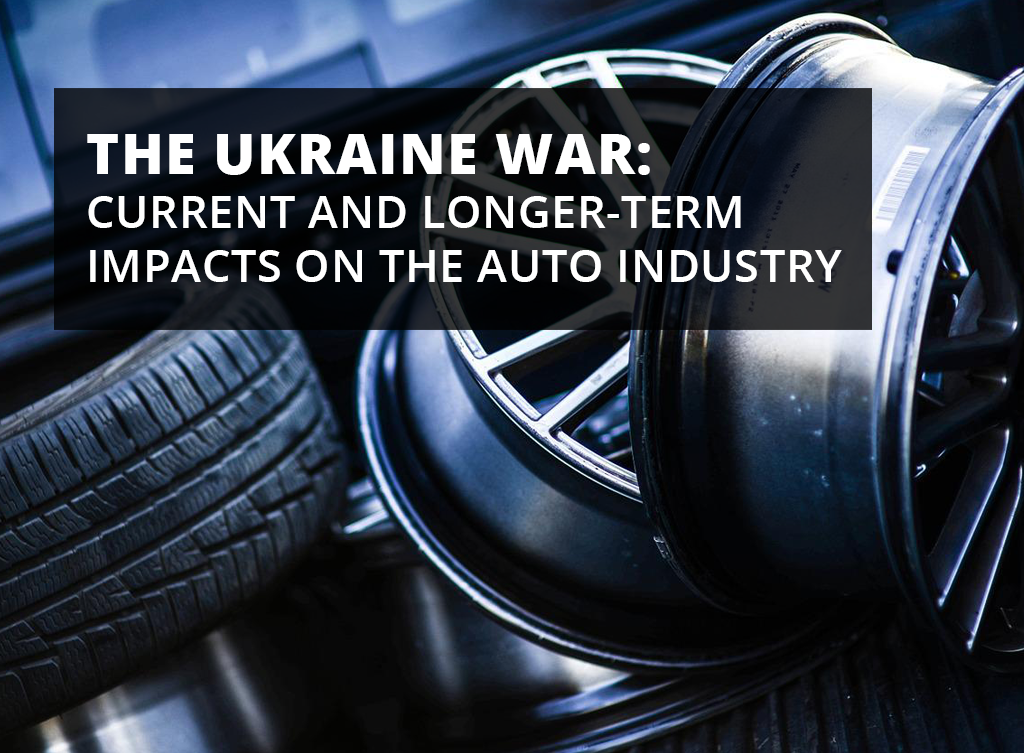The Ukraine War: Current and Longer-Term Impacts on the Auto Industry

As we read the news about the war in Ukraine, we can see the immense toll in death and suffering for soldiers and innocent civilians. It is truly a global tragedy. As with any aggressive invasion whose primary purpose is gaining access to more raw materials and minerals, the ripple effect can be felt throughout the world. Ukraine’s participation in many aspects of vehicle production is surprisingly large, impacting everything from microchips and catalytic converters to wiring harnesses and carbon black. So, let’s break down what ceasing production in Ukraine means for the automotive industry.
Wiring Harnesses
Western Ukraine was an attractive location for making wiring harnesses and cable assemblies because of the high quality and low cost of the local workforce. Wiring harness production is a labor-intensive activity, and Western Ukraine had good transport links to manufacturing plants in Germany. All German car manufacturers have temporarily stopped or reduced vehicle production because of the shortage of harnesses.
Consequently, the U.S. new vehicle Seasonally Adjusted Annual Rate updated by Ward Automotive is now 13.5 million sales, a drop from March’s 14.4 million vehicles. Lower new vehicle sales because of limited supply will cause used car values to remain at historic highs.
Neon, Platinum and Palladium
Both Russia and Ukraine are major producers of neon gas and palladium that are used to produce semiconductor chips. The U.S. neon supply, which is used for in the lithographic process for chip production, comes almost entirely from Ukraine and Russia, according to Techcet, a market research firm that specializes in critical supply chain materials and components. Palladium is also used in the manufacture of catalytic converters. Catalytic converters contain amounts of palladium and platinum, and these precious metals, when you do break them down, can fetch $60 to $100 per catalytic converter, which explains the dramatic increase in converter theft.
Carbon Black
Carbon black is used in auto batteries, wires and cables and rubber goods, especially automotive tires. It improves the strength, performance, and ultimately the durability and safety of tires. Approximately 30% of European carbon black comes from Russia and Belarus or Ukraine.
What does the future hold? Car makers are scrambling to reallocate wiring harness production to Indonesia and mainland China. Ukraine supplies 90% of the highly purified, semiconductor-grade neon for chip production used by U.S. industry. While China, Japan, and South Africa are among the other major suppliers of neon gas, enhancements to production facilities must be made to produce the equivalent highly purified neon needed, and that will take time. Carbon Black can be obtained from India and mainland China, but at a higher cost.
So, while there are workarounds to deal with the impact of the Ukraine war, they all come at an additional cost of time and money.
